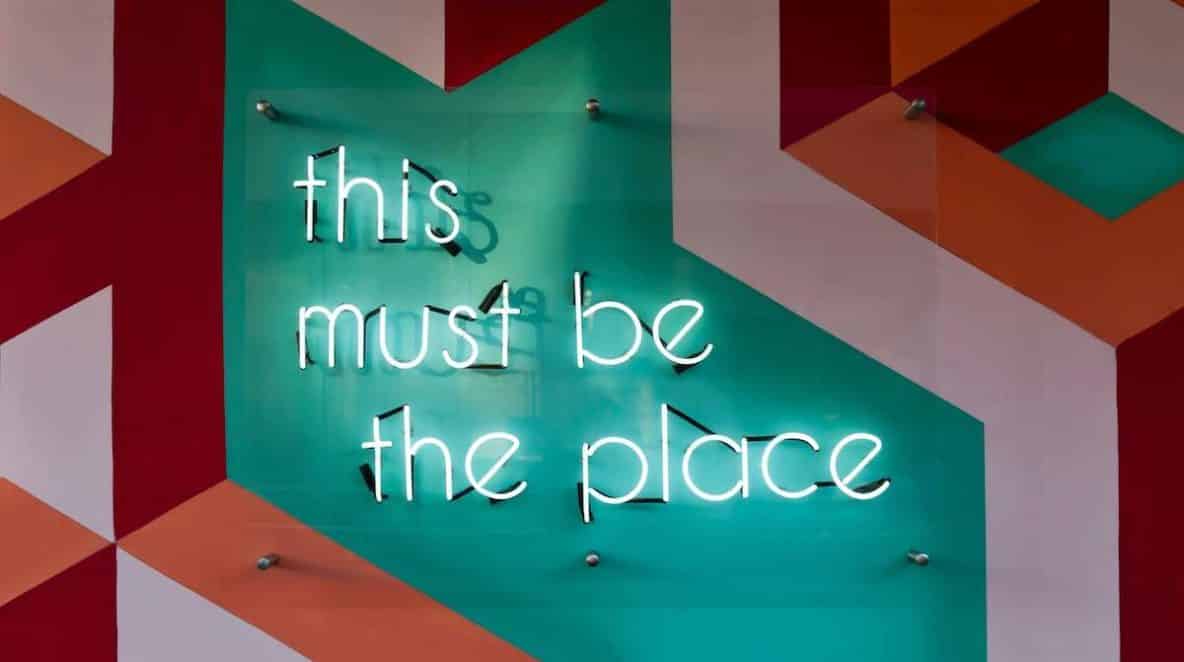Should you use a DIY website builder to build your own website? Yes!
What is the best website builder for therapists? Thrpy.io hands down. It is specifically for Counselors, has practically all of the content you need to get started (all you need is your biography and profile picture) and does incredibly well out of the box for SEO (being found in the search engines) Not only that Thrpy.io offers every practice management tool that a Therapist, Psychologist, Psychiatrist, or Counselor needs to run their practice all in one website.
Need assistance choosing images or achieving a specific look and feel for you psychotherapy website template, Thrpy Assist is available.
Not all therapy sites are created equally, Thrpy websites offers all of these features in a single website:
Video Chat
Accept Credit Card Payments
HIPAA Compliant Email
Invoicing for Super Bills
Appointment Calendar
Private Portal
Session Notes
Electronic Intake Forms
Insurance Submission
All SSL encrypted and HIPAA compliant.
Want to see some therapist website examples?
Click to see some actual Thrpy.io therapist website examples.
What is DIY?
Do it yourself (DIY) is the method of building, modifying, or repairing things without the direct aid of experts or professionals. Academic research describes DIY as behaviors where “individuals engage raw and semi-raw materials and component parts to produce, transform, or reconstruct material possessions, including those drawn from the natural environment (e.g. landscaping)”. DIY behavior can be triggered by various motivations previously categorized as marketplace motivations (economic benefits, lack of product availability, lack of product quality, need for customization), and identity enhancement (craftsmanship, empowerment, community seeking, uniqueness).
The term “do-it-yourself” has been associated with consumers since at least 1912 primarily in the domain of home improvement and maintenance activities. The phrase “do it yourself” had come into common usage (in standard English) by the 1950s, in reference to the emergence of a trend of people undertaking home improvement and various other small craft and construction projects as both a creative-recreational and cost-saving activity.
According to wikipedia https://en.wikipedia.org/wiki/Do_it_yourself
This article was originally written here.

